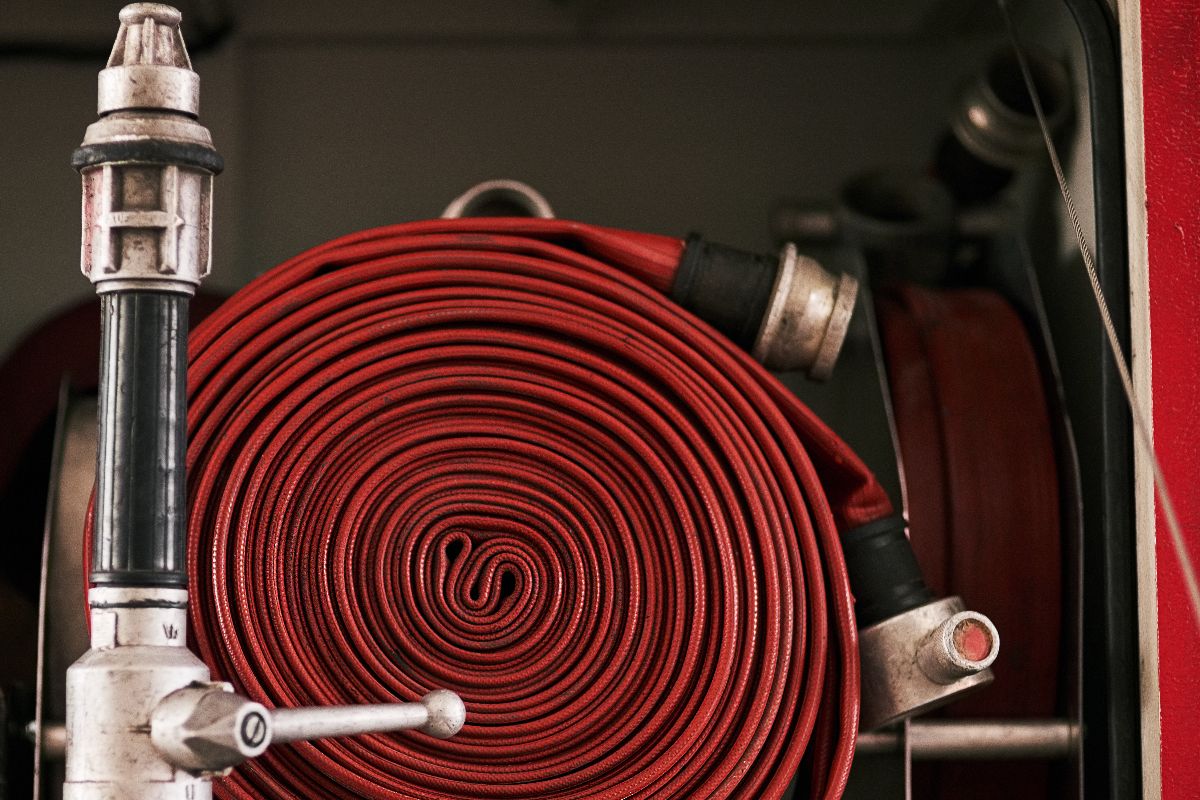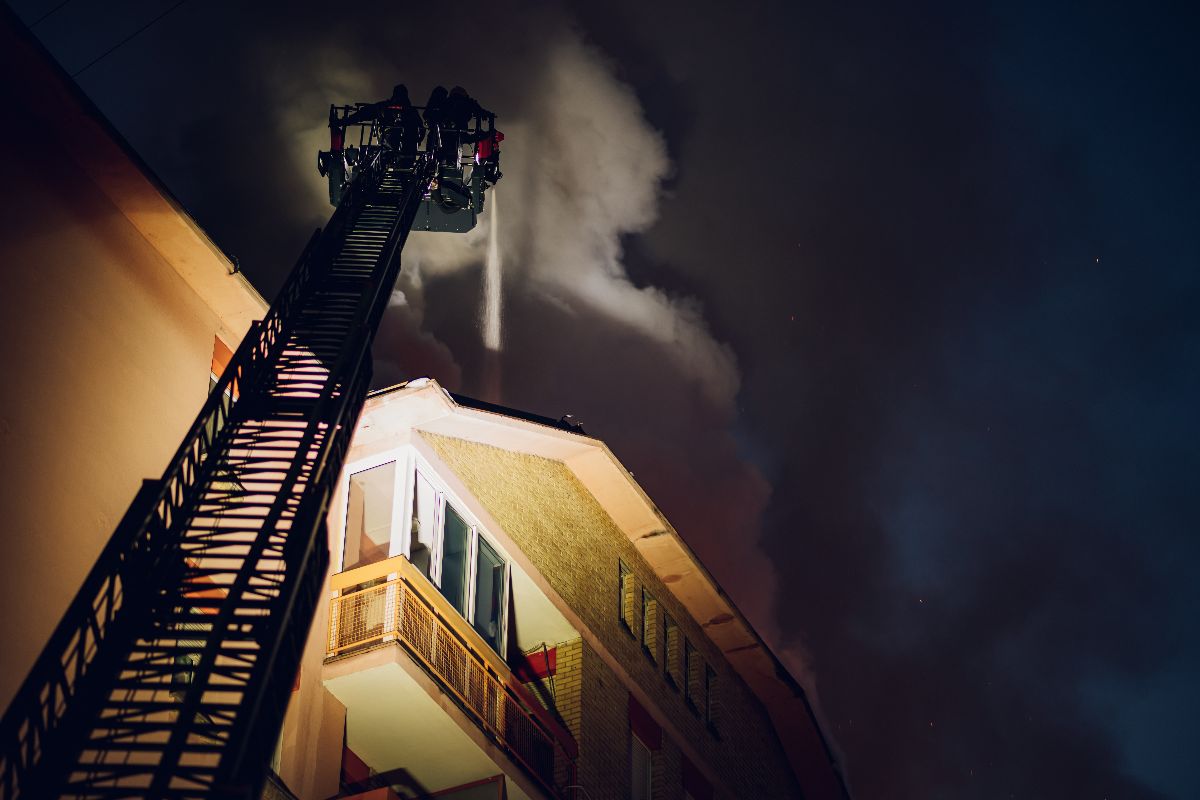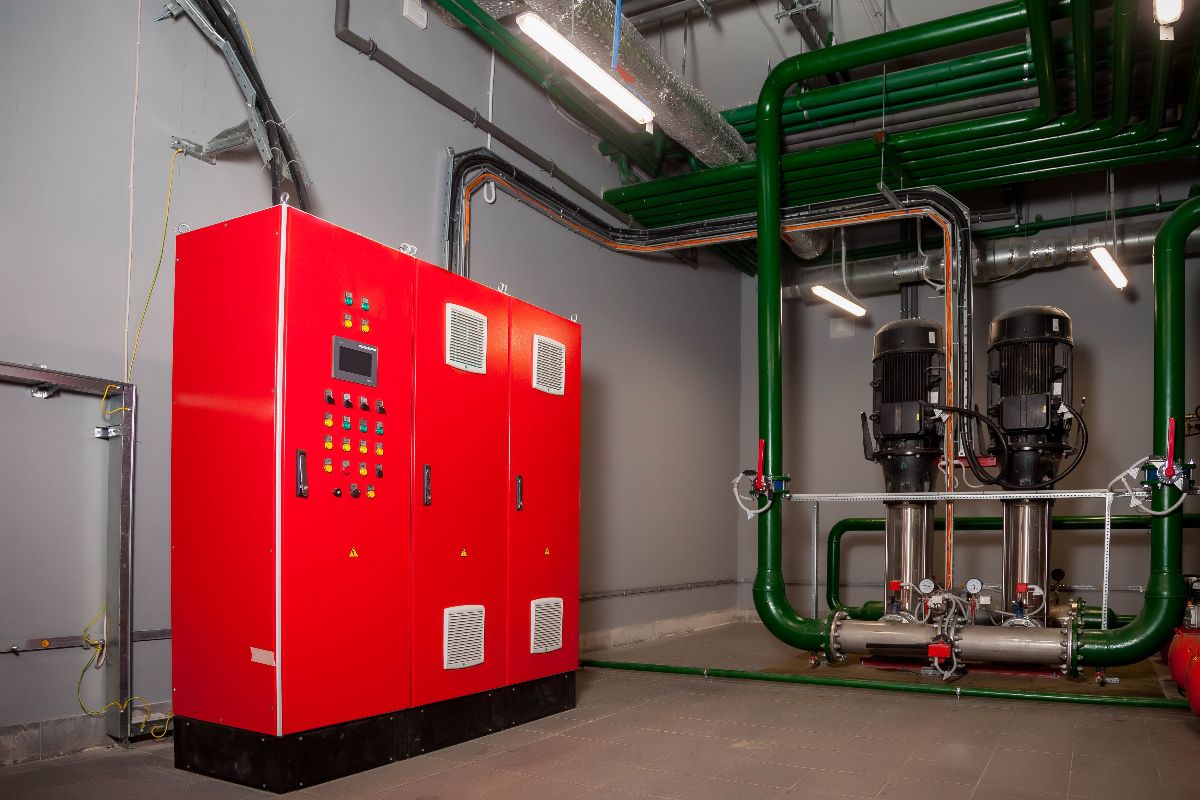Types of Heat and Smoke Detectors
 January 9, 2023
January 9, 2023
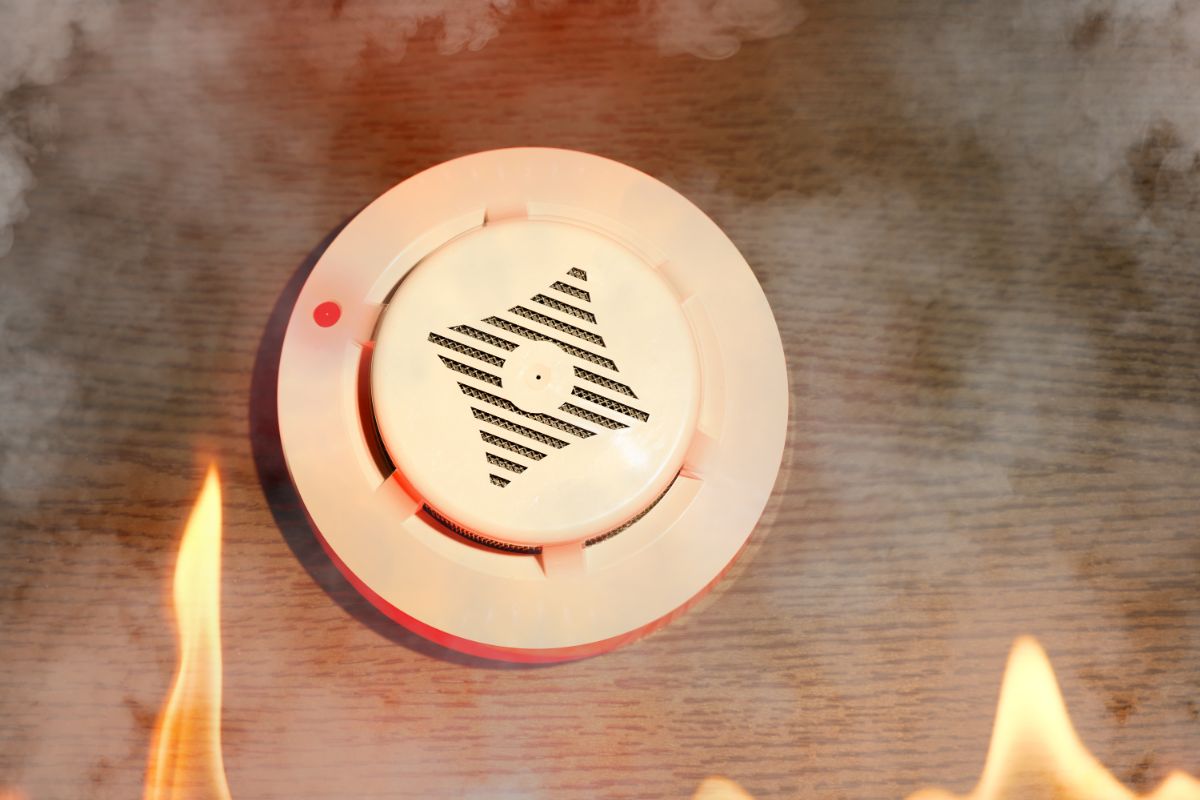
What are the 4 types of heat and smoke detectors?
- Fixed temperature heat sensors
- Rate-of-rise thermal detectors
- Ionization smoke detectors
- Photoelectric smoke detectors
Heat and smoke detectors give home and business owners peace of mind and assure them that, in case of a fire, they will be alerted and well-prepared to evacuate their building and move to safer ground.
But did you know there is more than one kind of heat and smoke detector? Heat and thermal detectors differ from smoke detectors because they are alerted to different things. And even then, there are a couple of types for each kind of alarm.
In this article, we’ll discuss the 4 types of heat and smoke detectors. But first, let’s determine the difference between heat detectors and smoke detectors.
Heat vs Smoke Detectors
As their name suggests, heat detectors identify and respond to a significant increase in temperature, which is usually an indicator that a fire is about to start. On the other hand, smoke detectors can sense small particles in the air that, when escalated above a certain threshold, signify that there is smoke in the area.
Now that we know what each of these detectors is on the alert for, let’s dive deeper into what types of heat and smoke detectors there are available in the market today.
Fixed temperature heat sensors
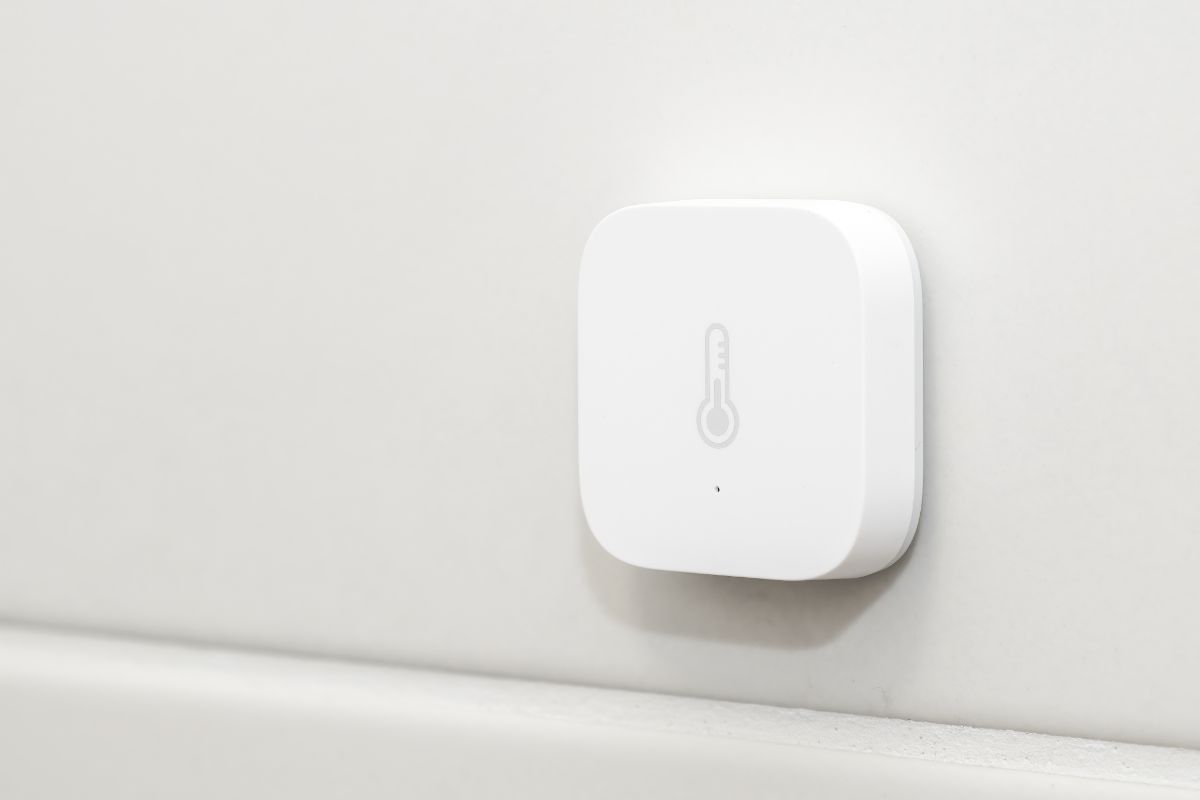
Likely the most common kind of heat detector in homes and offices, fixed temperature heat detectors are designed to alarm once a specific temperature has been reached in its area. If the room gets abnormally hot, it’s likely because there is a fire happening, so the alarm goes off once this happens.
Rate-of-rise thermal detectors
Rate-of-rise (ROR) thermal detectors alarm when they note that temperature is rising at a rate faster than a predetermined value. A fixed-temperature heat detector will not respond until the air by the ceiling has become too hot, but that doesn’t mean there is no fire. For ROR thermal detectors, however, they’ll pick up once ambient temperature increases too quickly.
Both types of heat detectors are designed to compensate for normal changes in ambient temperature, like a room’s temperature hiking up slightly and slowly. These detectors don’t often cause false alarms, but they take longer to identify a fire compared to smoke detectors. This is why they’re commonly used in places that are infrequently occupied, like warehouses or machine rooms, or where smoke detectors may cause false alarms, like rooms with lots of steam or humidity.
Particularly in facilities, commercial or office buildings, and factories, many heat detectors are also connected to fire suppression units like sprinkler systems. This allows them to automatically trigger fire suppression once they detect flames.
Ionization smoke detectors
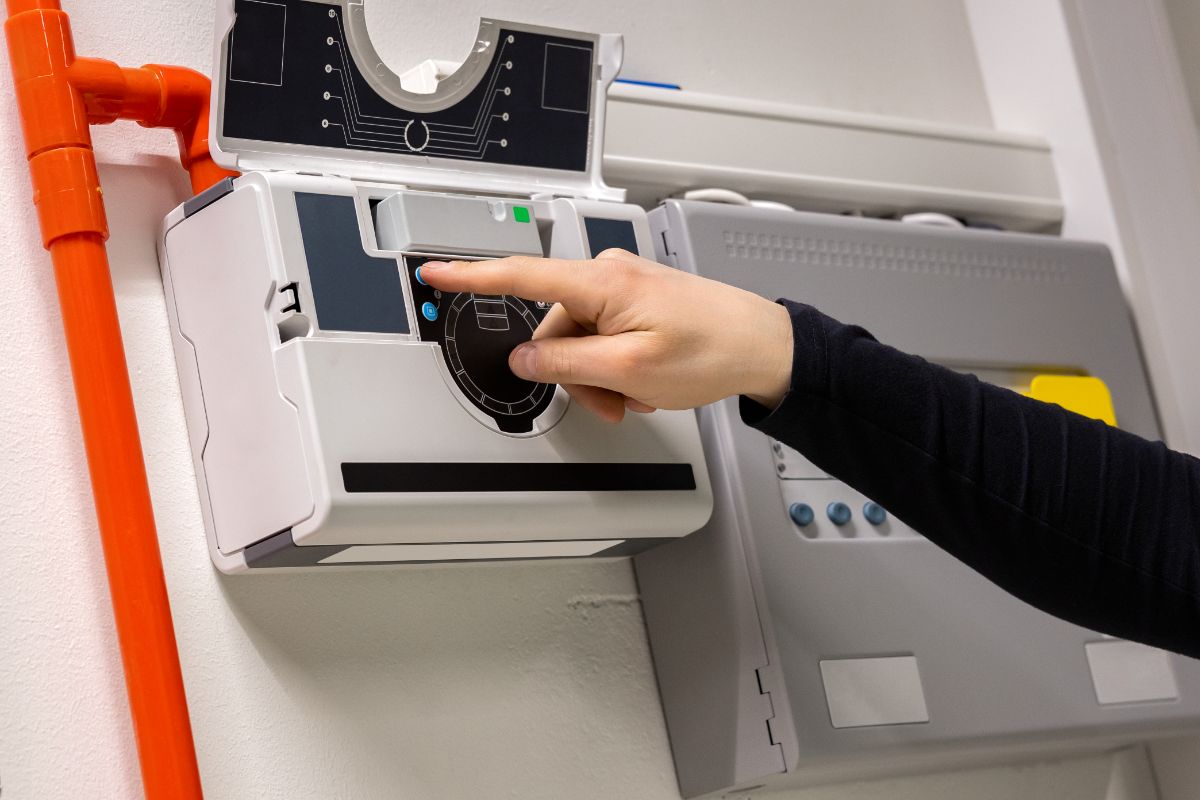
As we mentioned above, smoke detectors alert when there is smoke in an area. However, they differ in the way that they pick up on smoke. Ionization smoke detectors have a constantly-running electrical current between two metal plates inside the device. Smoke entering the detector then disrupts the electrical current, causing it to alarm. Ionization smoke detectors are good for identifying fast-burning fires.
Photoelectric smoke detectors
Photoelectric smoke detectors are faster at identifying small, smoldering fires compared to their ionization-relying counterparts. These smoke detectors have a beam of light within the device, which is scattered when smoke comes in. When the beam is scattered, then, the alarm goes off. Photoelectric smoke detectors are generally very reliable, producing few false alarms.
There are smoke detectors that combine the ionization and photoelectric processes, leveraging both methods’ advantages and making up for their weaknesses. When both forms of smoke detection are together on one device, it means that regardless of the type of fire, it is detected immediately.
Many times, different kinds of heat and smoke detectors are installed in the same place or throughout one facility, to ensure that fire is detected before or as soon as it starts. Since certain types of alarms are more suited to specific rooms, people often use multiple detectors of different varieties to ensure the total safety of the buildings and their occupants.
Key Takeaway
In this article, we covered why buildings need fire alarms, what alerts heat and smoke detectors, respectively, and the four types of heat and smoke detectors. We hope this blog has given you some insight into how to prevent fire from damaging your home, office, or building and how to go about choosing a detector that will best protect your establishment and its inhabitants.
If you are looking for a reliable supplier of fire alarms in the Philippines, look no further than right here at Industrial.PH. We understand the need for fire detection systems and are glad to provide high-quality systems tailor-fit to your building’s specific characteristics and needs. Contact us today for a quote!
